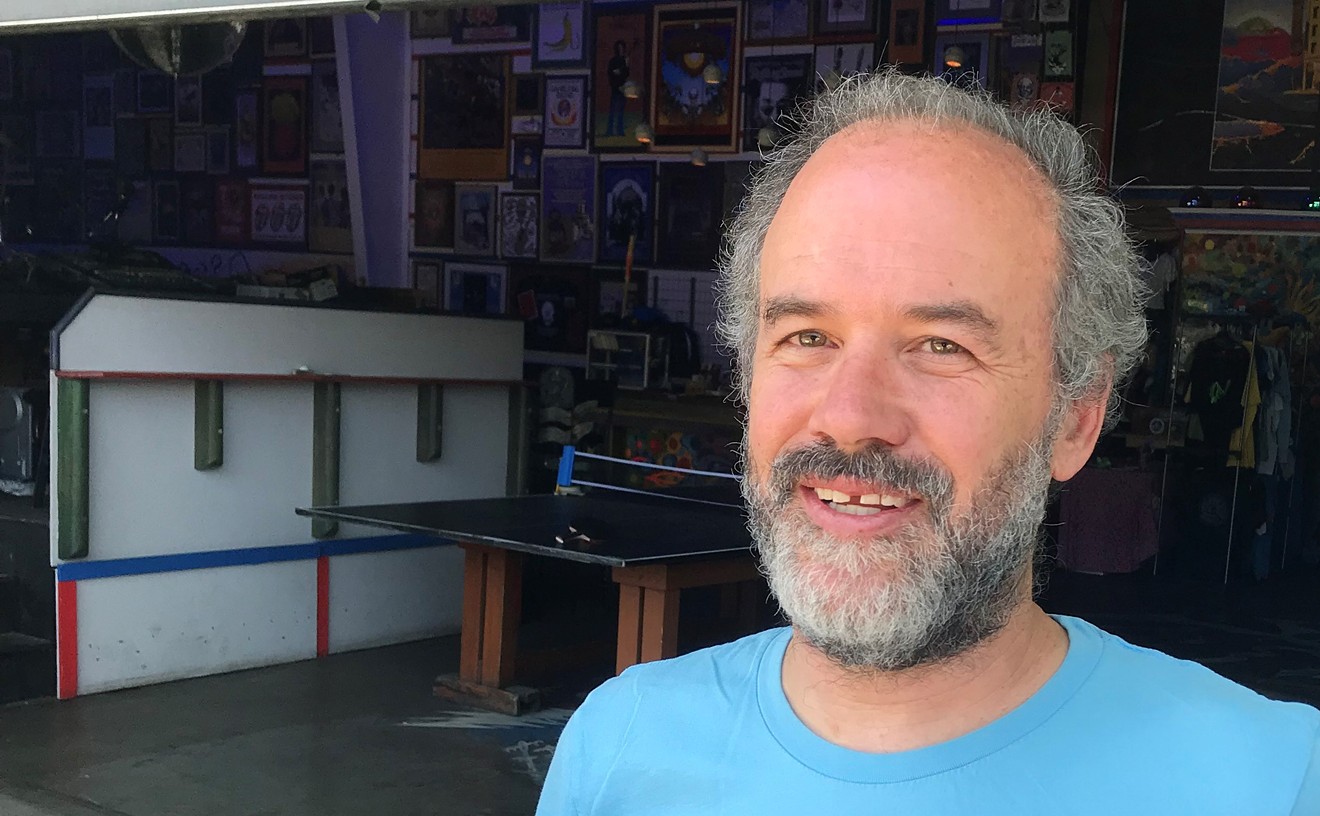And, you know, make Planet Earth a greener place. Get more details and see photos of our domestic future below.
Westword recently visited the Golden campus of NREL, a national laboratory associated with the U.S. Dept. of Energy's Office of Energy Efficiency and Renewable Energy, and got an exclusive presentation of one of the lab's newest projects -- what researchers are calling the "smart home."
We're familiar with the way phones and other 21st century gadgets have become "smarter" thanks to advanced computing and communication capabilities. But in the case of NREL's work, a team of researchers is examining how the actual appliances in the home might become so smart that they can communicate with other appliances and more.For example, this technology could make homes significantly more efficient by having the appliances communicate with the electricity grid, so they would register when power is cheap and expensive during the day and then tell users to turn them off or on.
"The whole concept of automated home energy management is based on the idea that more and more appliances are becoming smarter," says Lieko Earle, a research engineer at NREL, sitting with her colleagues and Westword inside a part of her team's lab that is set up like an actual home, complete with energy-efficient appliances they are testing.
"When all the parts in your house are able to exchange information with one another automatically and exchange information with the grid automatically and exchange information with the user, how can we use that capability to enhance the energy efficiency features of your home as a system?" she asks.
The idea is not entirely new: Among the high-tech home automation features that have already made their way into many homes are advanced lighting systems that know users' preferences or other technologies within the house that are programmed to respond to residents.
But the advancements that already exist have not really taken energy efficiency into consideration. The team at NREL thinks there is a huge opportunity for energy savings that hasn't yet been explored in any substantive way.
"We're also very interested in what this means to the grid," Earle says.
Page down to continuing reading about NREL's smart-home project. Bethany Sparn, a residential buildings engineer with NREL, offers a simple example of how this technology works in practice. Right now, Xcel Energy gives users the option to buy a "Saver's Switch," which allows Xcel to turn off the air conditioners of participating users for brief intervals during peak times, such as late afternoons when a lot of people may have their air on high. But with the kind of technology NREL is researching, Xcel would be able to send air conditioners a "control signal" to raise the temperature a few degrees during peak times -- and if this happened across thousands of homes, it would allow Xcel to meet the large demand."That's sort of what the smart grid promises -- the ability for the meter to have communication within the home and back to Xcel. If you could imagine, your air conditioner has the ability to receive signals when the energy prices are high and then all of your appliances in the home might also get that signal. So instead of you coming home and running your dryer when it's that peak time, it says...you should wait," she explains.
Such research will soon be conducted in a new facility. NREL is in the process of building a major 5,300-square-foot Smart Power Laboratory, which will be completed later this year.
While private companies are exploring these kinds of products, the researchers say NREL is the only place that is looking at the larger picture of how these technologies can work together, and with the grid, inside an actual home setting. Which is why their lab creates just that -- a mock home smack in the middle of a more traditional lab. "This lab has been set up with a separate transformer, so that it mocks a residential building," Earle says. "We have our own meter and pretend like we're a house."The kind of technology that can communicate with the grid is being developed across a wide range of appliances, including thermostats, occupancy sensors, lighting controls, washing machines and power strips.
Ultimately, the opportunity is huge, said Dane Christensen, a senior engineer with NREL, pointing out that buildings make up 40 percent of total energy consumption in the country -- and residential homes are slightly more than half of that.
"We're no longer able to look at our home and say, 'Okay, power is always going to be available,'" Christensen said. "It's not."
More from our Environment archive: "Photos: Diana DeGette's clean-energy tour to Coolerado, RavenBrick"
Follow Sam Levin on Twitter at @SamTLevin.










